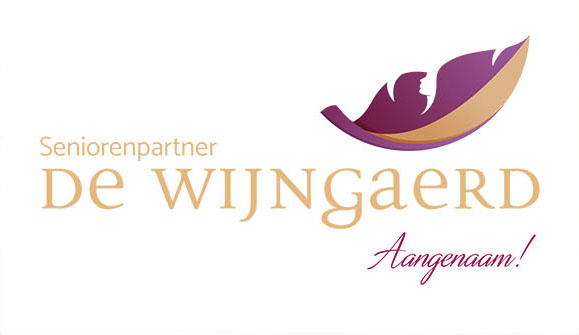Client at the top and management at the bottom
At De Wijngaerd, quality used to be something for the staff, with a report containing numbers. This needed to change, along with the responsibility. ‘We wanted to give responsibility back to the employees instead of keeping it within the staff. With the client at the top and management at the bottom to facilitate teams in achieving that,’ Bas explained.
Started amidst a relocation
De Wijngaerd started continuous improvement based on client feedback with CareRate amidst a significant relocation. ‘We had made the choice for self-organization, and we used the relocation to drive that process. It may sound strange, but we deliberately put pressure on it so that we could start with new teams in this new way during the kick-off, and we immediately provided them with the support and tools to do it themselves,’ said Caroline Heestermans, policy and quality officer at De Wijngaerd. Caroline supported teams in growth and team development. She is the one who adopted and familiarized herself with continuous improvement using CareRate, and then integrated it within the teams themselves.
Assistance with resistance and change
According to Bas, if you want to grow in quality as a modern organization, you need to be willing to go beyond just conducting questionnaires to meet obligations and quality frameworks: ‘This requires a change in mindset,’ Bas said. When asked how they reflect on the start, Caroline shared, ‘The resistance within the teams was as I expected it to be. They had to overcome a hurdle. What helped with this was the Inspirational Kick-off and the support from CareRate. We could always call, and no question was too much. Whether it was about the wording of a question or the functioning of the CareRate application, everyone was always helpful. This hotline really gave me peace of mind and support in the initial phase.’
Continuous improvement has brought us a lot
For the employees on the floor, there have been noticeable positive changes after starting with continuous improvement. ‘Previously, intuitively, we mainly listened to the individuals who were the most vocal when they were dissatisfied, but as a result, the employees forgot that the majority who didn’t speak up were actually very satisfied,’ Caroline explained. This awareness automatically leads to increased satisfaction among the workers.
In addition to enabling teams to gather their own feedback, they can also easily implement and monitor concrete and visible improvement actions through CareRate’s improvement board. For example, respondents mentioned that the food in the restaurant was sometimes bland, so sets of salt, pepper, and seasoning were placed on each table. With feedback now coming in continuously, quick and easy responses can be made. These concrete yet simple improvements have resulted in a significant increase in client satisfaction.
Sharing improvements leads to increased satisfaction and insight
Since 2016, De Wijngaerd has been using CareRate’s improvement platform, which adds a unique fifth step, “Share,” to the classic PDCA cycle (Plan, Do, Check, and Act) by Deming. “Whereas before we mainly focused on planning and execution, we now complete the entire cycle and share our improvements.” According to Bas, sharing these improvements leads to greater satisfaction from clients/residents, as well as a deeper understanding for employees of what is already going well in their work.
In addition to continuous client satisfaction surveys (CTO), De Wijngaerd also continuously measures employee satisfaction (MTO) and conducts audits through CareRate (see box below), allowing all data related to quality improvement to be centralized in one system.
